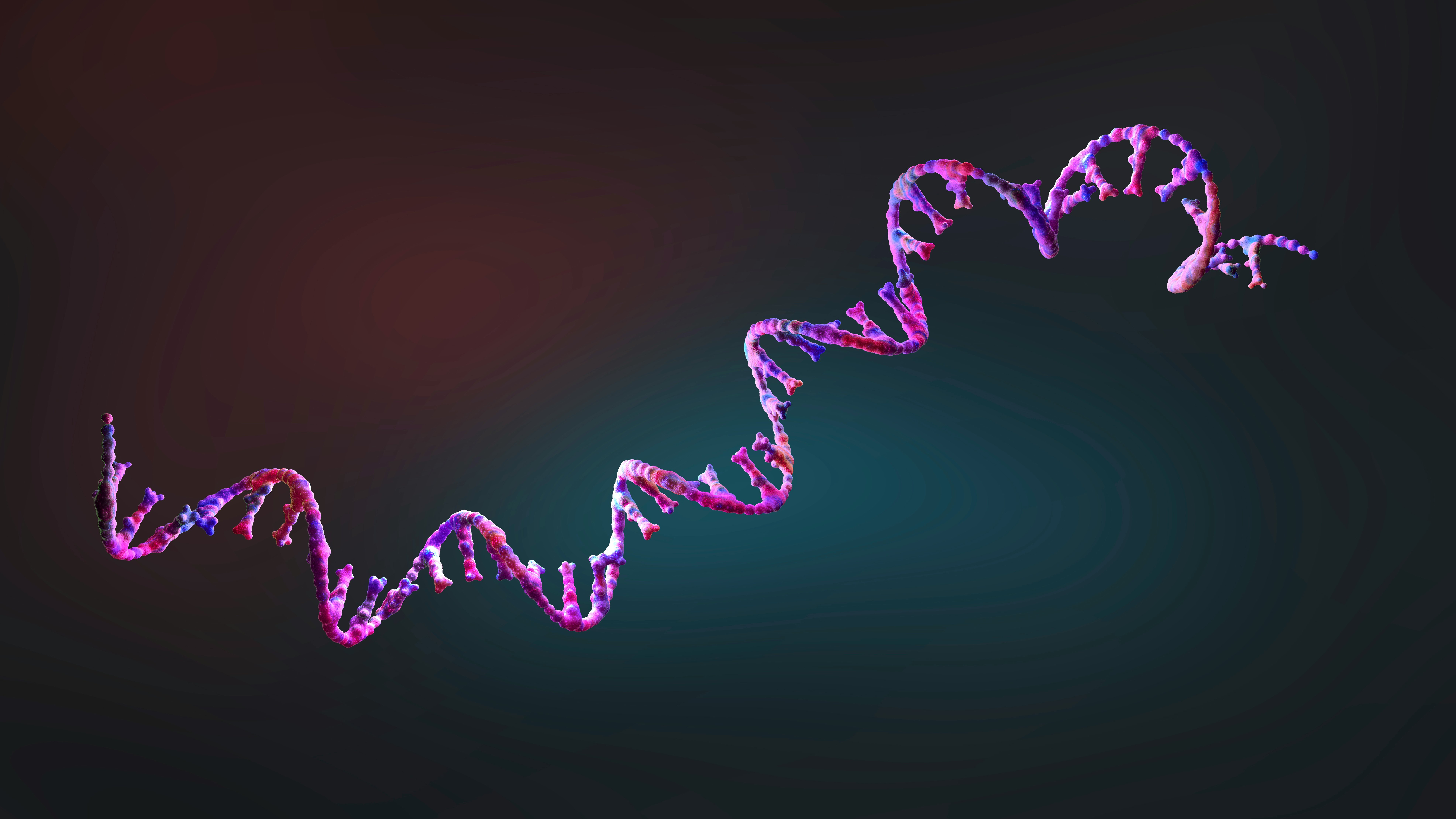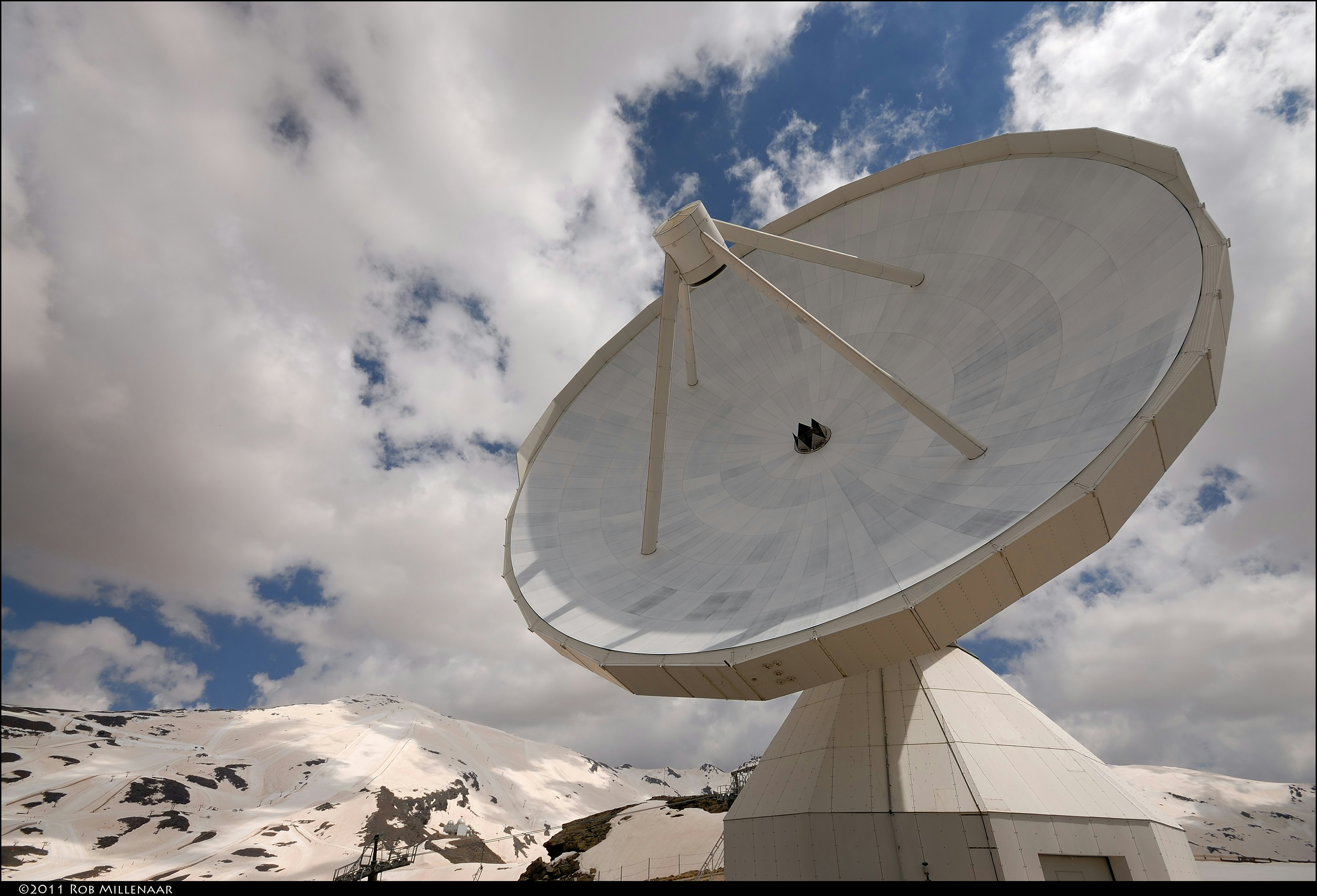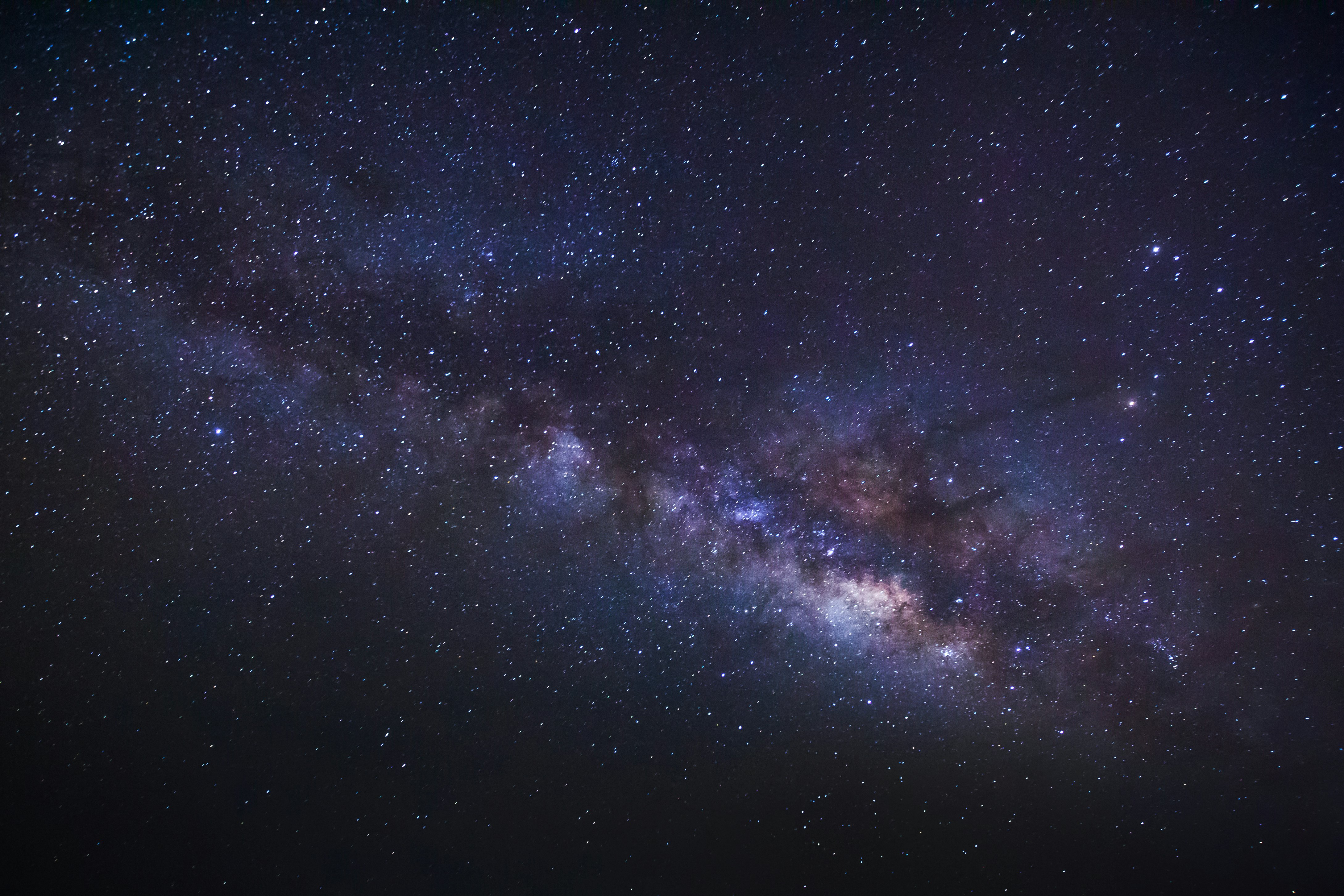
We are all stardust — but how that stardust became life on Earth is a mystery. The complexity of just one of your cells, where little proteins walk with cargo on their backs and enzymes zip along your DNA to read out its instructions, is vast and unknown.
But scientists do have a theory for how this all got started, and it begins with DNA’s cousin, RNA. These stringy molecules are made up of compounds called nucleotides and are responsible for delivering genetic messages and building proteins. Their single-stranded structure, as opposed to the dual strands of DNA, makes them less stable and easier to assemble — potentially easy enough to arise from the mix of molecules stewing on the Earth’s surface some 3.8 billion years ago.
Now, scientists have found more of the ingredients for that stew in a gaseous cloud toward the center of our galaxy, providing further clues for what kind of molecules could have been around to form the first life on Earth.
What’s new — In the new study, researchers scoured a gas cloud over 27,000 light-years away for compounds called nitriles. These molecules have complex chemistry and are involved in the reactions that create the building blocks of RNA. They are also more than likely the basis of your healthcare provider’s gloves and other PPE.

The researchers identify six nitriles for the first time in a region of one of the largest molecular clouds at the center of our Milky Way galaxy, with the catchy name G+0.693-0.027. These nitriles play a role in the formation of molecules that are critical for life, or biomolecules, like nucleotides (the basis of genetic material), lipids (fats), and amino acids (the building block of proteins).
“We certainly need nitriles for the formation of biomolecules on the early Earth, so the fact that nitriles were found in outer space teaches how broadly distributed the fundament for life is in the Universe,” says Thomas Carell. Carell is a professor of organic chemistry at the Ludwig Maximilian University of Munich. Carell was not involved in the recent study.
The results were published Friday, July 8 in Frontiers in Astronomy and Space Sciences.
How they did it — Nitriles are a diverse group of molecules, but they all contain a carbon atom bonded to a nitrogen atom. This is one of the most common bonds in the chemistry of life — but it is less common in the gaseous clouds around the Milky Way’s center.

The researchers spent hundreds of hours gathering data from the G+0.693 cloud using two radio telescopes in Spain, the Yebes 40-meter and IRAM 30-meter telescopes. They used a method called molecular spectroscopy to identify signatures of specific molecules in the cloud.
When light passes through or around an object or material in space, the composition of that object changes the qualities of the light. These features can then be used to decipher the composition of the material. Every molecule has a distinctive pattern almost like a fingerprint, which radio-telescopes can detect when tuned to the right range of frequencies.
The signals that nitriles give off are very weak compared to other molecules in the cloud, like carbon monoxide and ammonia, says Víctor Rivilla, one of the study’s co-authors. Technological innovation has only recently made it possible to detect these faraway molecules, he says.
“If we aim to detect them, we need very sensitive and deep observations,” says Rivilla. He is an astronomer at the Spanish National Research Council’s Center for Astrobiology.
Rivilla and his team discovered four nitriles (cyanic acid, cyanoallene, propargyl cyanide, and cyanopropyne) with a high degree of certainty as being in the cloud, and tentatively identified two others (cyanoformaldehyde and glycolonitrile) as well.
Why it matters — This isn’t the first time that astrophysicists have found nitriles in this particular cloud. But each new discovery expands what we know to be possible. These molecular clouds are an “impressive chemical reactor,” says Grégoire Danger, who specializes in prebiotic chemistry at Aix-Marseille University in France and was not involved in the new study.

“This work is a new example of the molecular diversity that is generated in such an environment,” he says.
Charting the molecular diversity of the primordial space cloud helps us understand the ingredients that may have gone into the “primordial soup” from which life emerged on Earth — and potentially elsewhere in the galaxy.
Here’s the timeline:
- Some 4.5 billion years ago, the planet Earth was formed, likely from the debris left over after the Sun’s birth.
- About 3.9 billion years ago, Earth was pummeled by asteroids — some of which may have carried molecules like nitriles that could help form the earliest building blocks of life.
- A short 100 million years later, the first life forms began to emerge on our planet.
There are millions of years-long blank spots in this timeline. The journey from molecular cloud to asteroid to nascent Earth would likely alter any molecule significantly, so we can’t point to nitriles in space and presume they would have arrived that way on Earth, Danger points out.
What’s next — To fill in the gaps of our origin story, scientists will continue to scour space for other molecules that might have been precursors to life.
“There are still key missing molecules that are elusive to detection,” says Rivilla.
He and his team plan to expand their interstellar search for other basic ingredients that would have been necessary for RNA to form and eventually evolve into the first living cells.
“We are also studying the chemical content of other molecular clouds in the center of our Galaxy, and also of other regions where stars and planets are forming,” he says.
Each new discovery will help us understand how the limited chemistry available on the Earth could have created the complexity around and inside us.







